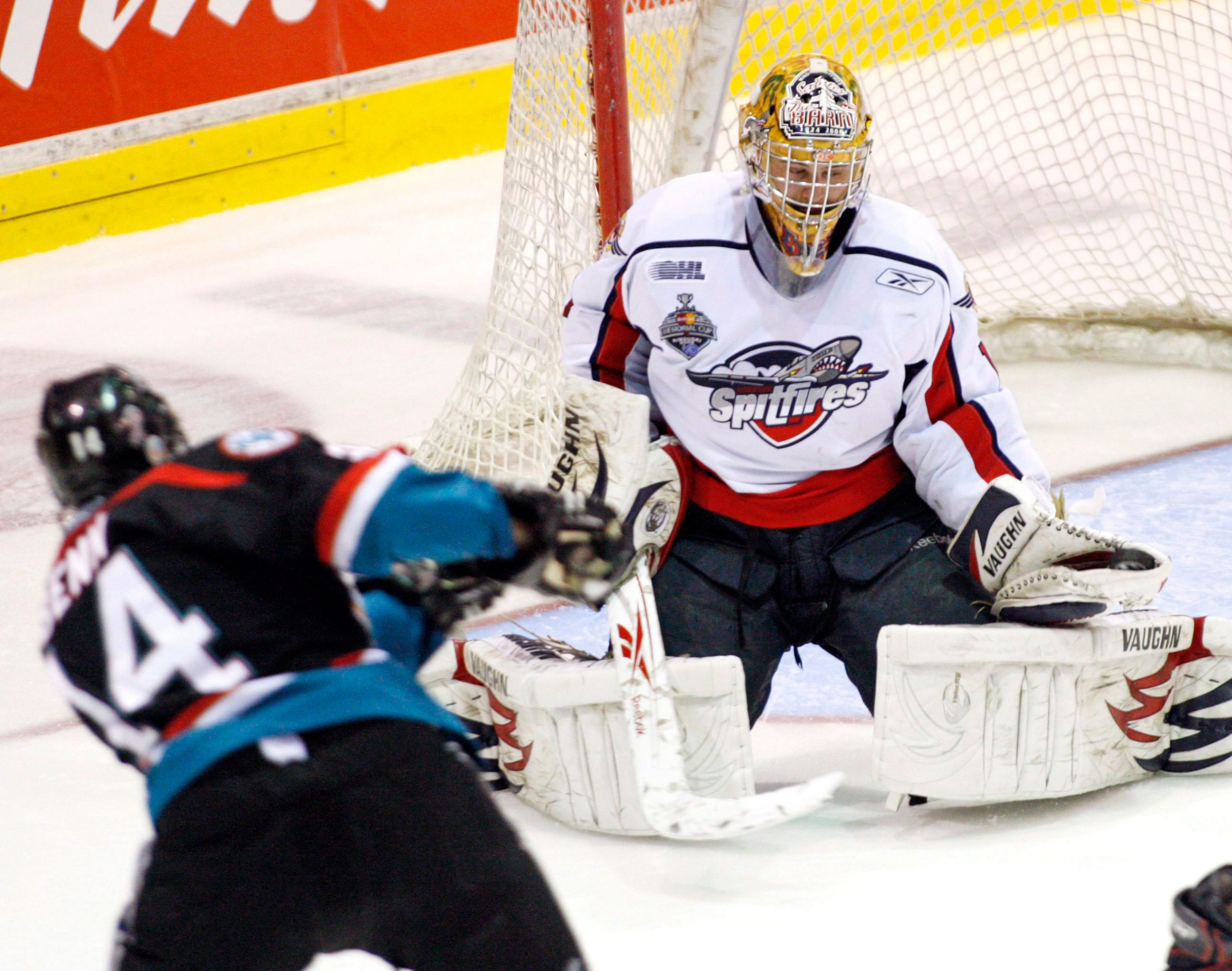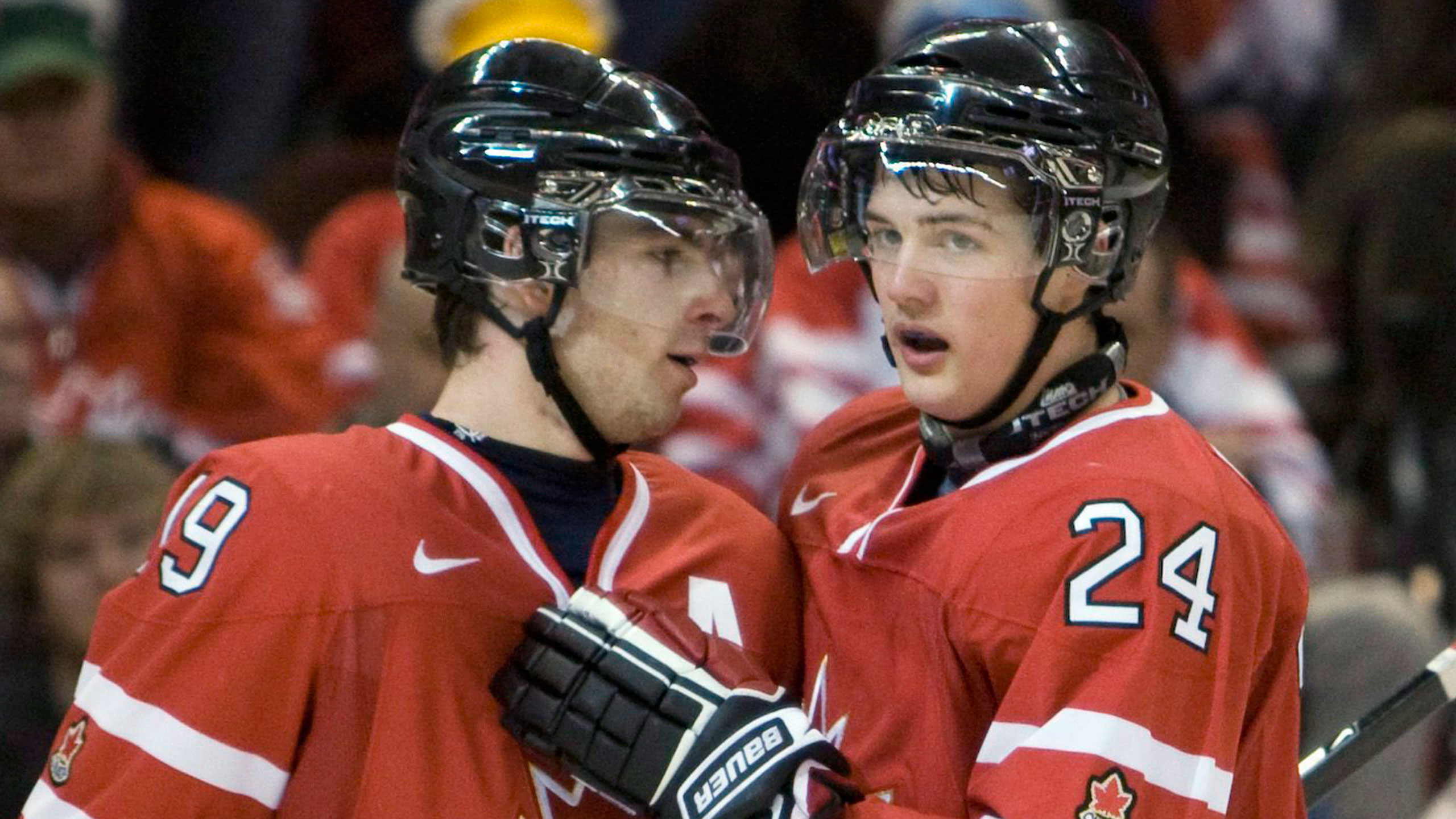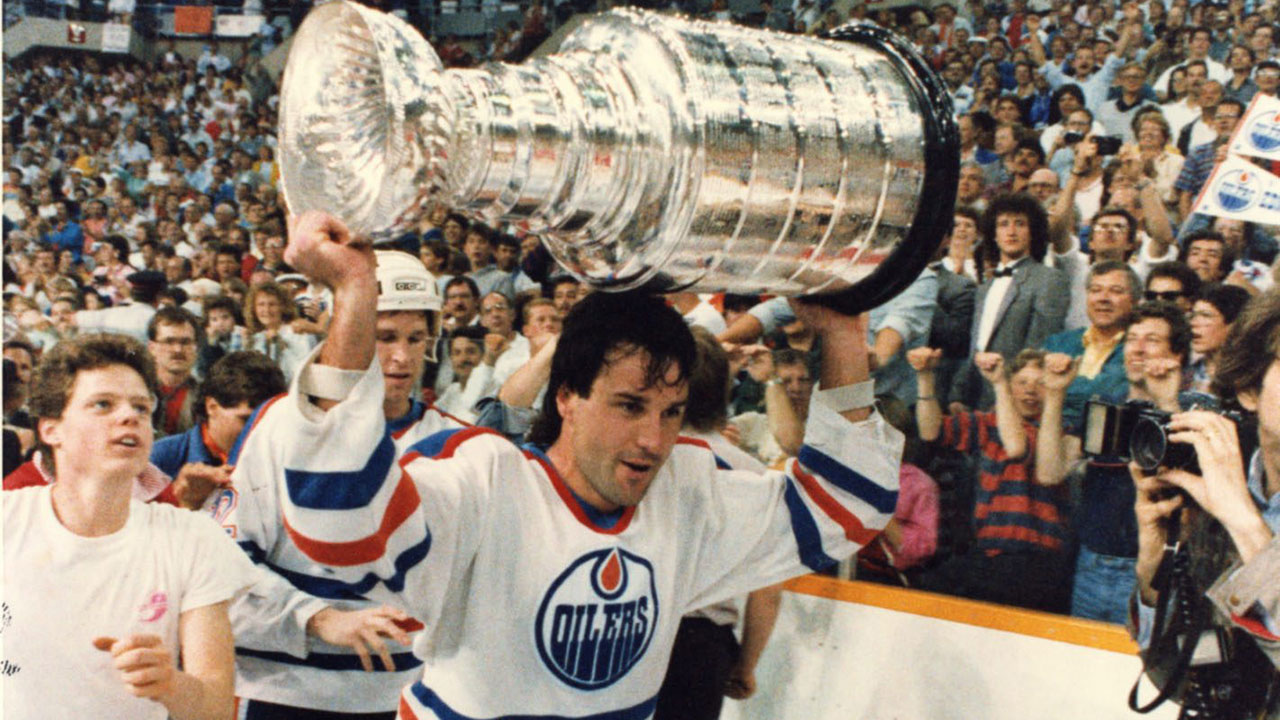As you will no doubt guess from reading this story, it was written ahead of the 2016 NHL Entry Draft. But it holds up today as it did then, and will forever.
The television lights will be shining on Auston Matthews, Patrik Laine and others Friday night. The stands will be filled with hopefuls and their families, friends and agents. The first phase of the draft, that first round that rolls through prime time, is an exercise in hockey management, the end product of a season’s worth of legwork. The video highlight packages with each selection are cued up and go to air, like the trailers for coming attractions. And so it goes through pick No. 30, the end of the first round.
Friday night is what people think about when it comes to the draft. Those who come in advertised as franchise-changers are what’s top of mind. People don’t think so much about Day 2—the roll call of picks from No. 31 overall through to the end of the seventh round. Stretching from morning into late afternoon, it’s essentially glamour-free and sort of heartbreaking, really—most players chosen on the second day won’t play in an NHL game or even wind up with a contract from the club that selects them.
While nothing is guaranteed on Friday, that’s true in spades on Saturday. By Day 2, everything sort of rates as a longshot. In fact, the only thing on Saturday that’s guaranteed — and the thing that fuels the dreams of all in attendance — is that someone among those down the list is going to have a great NHL career. His name will make no impression at all when it’s called and mounted on the draft board, but he’ll wind up a star, maybe even an All-Star.
Submitted for your examination is the curious case of Jamie Benn.
You know Jamie Benn as the Dallas Stars’ captain, an Art Ross Trophy winner, a member of the NHL First All-Star Team in 2013–14 and the Second All-Star Team the next season. You remember him scoring the game-winning goal for Canada in a tense semi-final against the U.S. in Sochi. You have him penciled in as a member of the Canadian team that will compete in the upcoming World Cup. And more than a few of you reading this probably are aware that he was a fifth-round pick of the Stars in 2007. Still, how he wound up on the Stars’ list is the story of the NHL draft’s second day.

Understand that in the fall of 2006 Jamie Benn was just a rookie with the Victoria Grizzlies of the BCHL — he had played the previous season in Junior B on Vancouver Island. He was nobody’s idea of a top prospect: He wasn’t even invited to the 40-man selection camp for the western team that played in the World Junior A Challenge. NHL Central Scouting had seen him and designated him a “B” Player to Watch — that is, a late-round prospect at best. Not that this is a knock against NHL CSS — that he was identified at all is pretty good, considering. He could have easily gone completely unseen.
The Dallas scout who filed the first report on Benn was Dennis Holland, a longtime Stars staffer and the brother of Detroit GM Ken Holland. “There were a bunch of things that had Jamie flying under the radar,” Dennis Holland says.
To this day, he can rhyme them off in sequence.
“One, he was playing in Victoria, which was tough for scouts to get to, especially with the games always on Friday and Saturday nights when there were going to be conflicts. If he had played in Penticton or one of the bigger markets he would have been seen more.
“Two, he got off to a bad start to his season, so probably anyone who saw him might have written him off after a viewing or two in the fall. He had played Junior B and was making a transition up, which he didn’t find easy. He definitely wouldn’t have been ready to play in the WHL.
“Three, he wasn’t in shape for hockey. He played baseball during the summer rather than training for hockey. Our organization always liked guys who were two-sport athletes, all-around athletes. Some organizations that wouldn’t matter to, but it’s something we made a note of.
“Fourth, it was a big year in the BCHL. That was Kyle Turris’s year.1 Riley Nash [from Salmon Arm of the BCHL] wound up going in the first round [to Edmonton at No. 21]. There were other kids who wound up in the first four rounds of the [NHL] draft. So they stole Jamie’s thunder a bit.
“Finally, biggest of all was Jamie’s skating. It wasn’t great. A lot of people would have lost interest on that alone.”
What Holland saw and made note of were the positive aspects of Benn’s game, namely hockey sense, a mean streak and an NHL shot. The scout followed up and did some background work.
“It turned out that Jamie had been about five-foot-seven at age 14, so he had shot up about six or seven inches,” he says. “He was still catching up to a growth spurt.”
Holland put in the call to Tim Bernhardt, then the Stars’ head of amateur scouting. Bernhardt and longtime Stars exec Les Jackson made the trip out to Victoria to see Benn.
“It wasn’t that we were the only ones who knew about Benn,” says Bernhardt, now the director of amateur scouting for the Arizona Coyotes. “When Les and I were there, I’d say there were scouts from three or four [NHL] teams in the stands. [But] I wound up seeing him three times at least. We liked him.”
It’s a cliché to say that scouting is all about projection, but this rings true in a different way with Benn than most prospects — the Stars scouts were projecting potential that the player himself probably hadn’t even imagined.
“He didn’t see himself playing junior hockey. He was going to go to the University of Alaska — the Nanooks — mostly because that’s where his older brother was. I don’t think he had any idea the type of player he could be. He was a young kid compared to a lot [of draft prospects] who know all about the game and the business.”

Benn had a strong second half of the season with Victoria and wound up with 42 goals and 23 assists in 53 games. From “B Player” status he worked his way up to 107th among North American skaters on NHL CSS’s season-end rankings, fifth among BCHL players.
With late-rounders who break through, scouts will often poor-mouth any accusations of prescience. The line that comes to mind: If we knew he would be that good we would have taken him earlier. Bernhardt says that wasn’t the case with Benn. He maintains that Stars scouts had him well up their list even though they waited until the fifth round, 129th overall.
“Part of the business is figuring out where you’re going to be able to get a player,” Bernhardt says.
In other years, No. 107 in North America would translate into a seventh-rounder or a kid who drops through the draft unselected. The Stars had to see the draft in a bigger context, though: It wasn’t a strong year for prospects in the European leagues or for goaltenders2: Only 24 in either category had been drafted before Dallas’s picks at Nos. 128 and 129 came up.3 So while Benn’s selection was a great call, it wasn’t a pick entirely outside the box. That is to say, if teams had stuck to an order that hewed to NHL CSS’s rankings, Benn would have gone in the sixth or seventh round. That Bernhardt, Jackson and Holland had seen other scouts at games in Victoria was more than a hint.
Flash forward nine years: Jamie Benn has 192 career NHL goals [Ed. Note: It’s now 218], second in his draft class to only Patrick Kane, who was the first-overall pick that year. You’d think that would be the find to end all finds for all involved in the Stars’ drafts. Yet for Bernhardt, Dallas’s biggest steal was defenceman John Klingberg in 2010.
“Rickard Oquist, our Swedish scout, saw Klingberg — the best [Swedish] draft-eligible kids are playing in the Swedish Elite league, the others in the under-20 league. Klingberg was playing a level below that, against 16-year-old kids. It’s not even on scouts’ radars. Klingberg had never been invited to any tryouts for the Swedish national age-group teams. He got lost in the shuffle in Sweden, never mind with NHL scouts. He wasn’t even on Central Scouting’s list at all. And the fact is outside of Kari Takko, our other Euro scout, no one in the organization had seen Klingberg. No video, nothing like that. Rickard was really high on him and he had done a lot of good work for us so I told him that we’d use our last pick that day on him, which wound up being No. 131.”
Klingberg, at 23, had a breakthrough year for the Stars in 2015–16, racking up 16 goals and 58 points in 76 games, and landing a spot on the NHL All-Rookie team. And as rare as that production is for someone taken in the fifth round, the truth is some team will find value like that in the late rounds on Saturday. When that player’s name is called no one will pay much notice, but a scout will have stuff that he can dine out on for the rest of his career.
FOOTNOTES
1. Turris wound up as NHL CSS’s top-ranked North American skater that season. He went third overall to Phoenix behind Patrick Kane to Chicago and James van Riemsdyk to Philadelphia.
2. “Not a strong year” understates it. Of the 11 goaltenders drafted before Dallas picked Benn, only one — Timo Pielmeier — played in the NHL. Pielmeier’s career numbers: 40 minutes played, five goals against, seven saves. [Ed note: Jeremy Smith, 54th overall, cracked Colorado’s lineup for 10 games in 2016–17]
3. No. 128 was Austin Smith, a right winger from Gunnery Prep (Conn.), who went to Colgate. Smith played in Dallas’s farm system for three years but never made it to the NHL. He currently plays in the German second division. [Ed. note: He spent 2016–17 in Austria]


